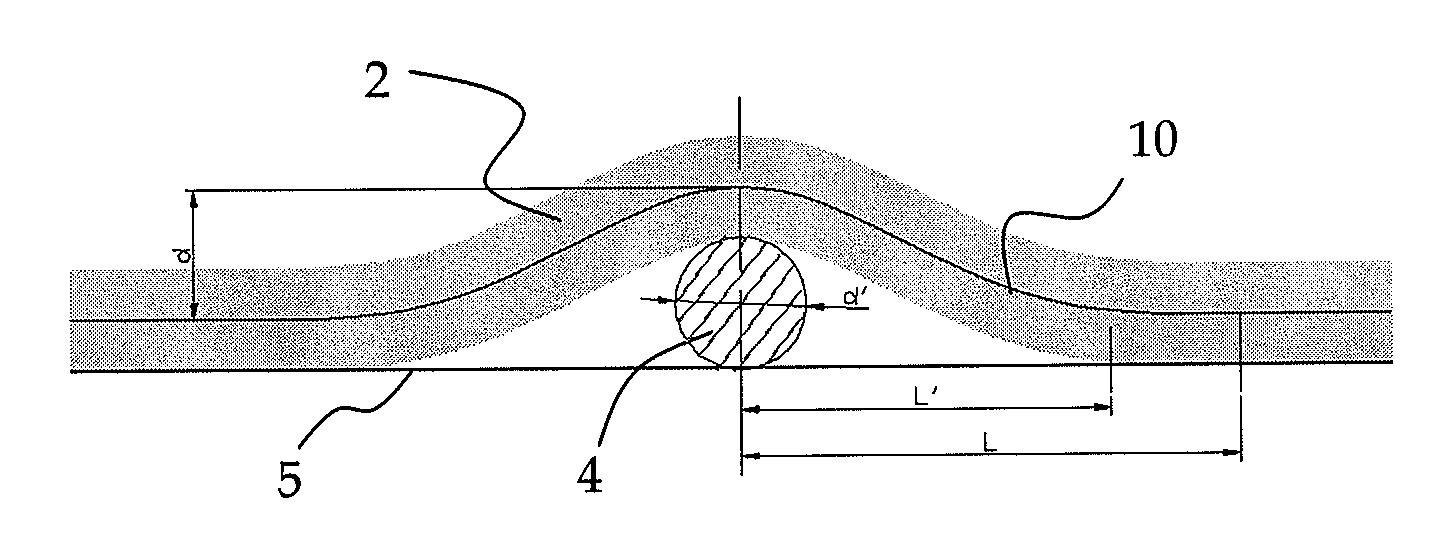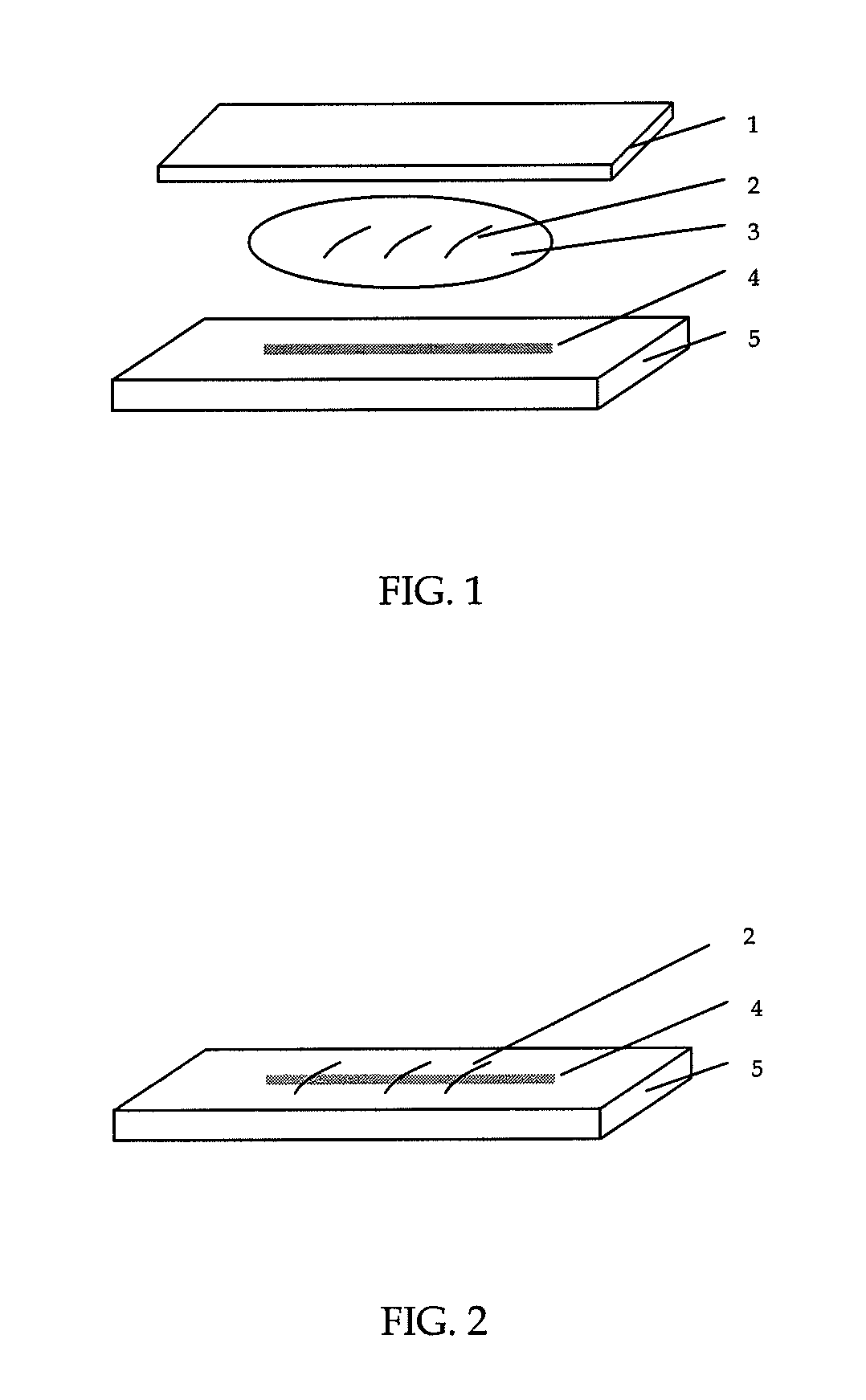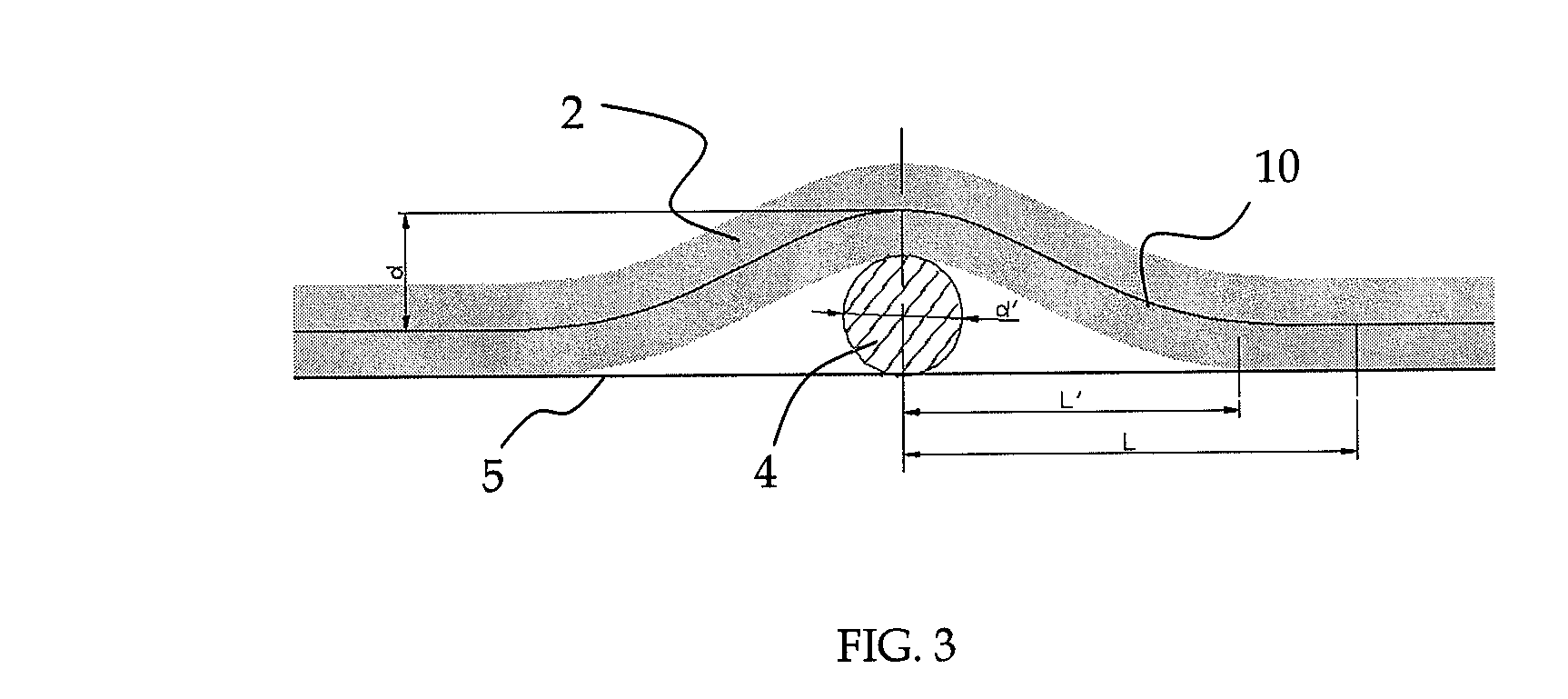Method for measuring deformability properties of a fibre
a technology of deformation properties and fibres, applied in the field of measuring fibre deformation, can solve the problems of tedious and cumbersome, time-consuming operations in the fibre scale, and inapplicability to engineering applications
- Summary
- Abstract
- Description
- Claims
- Application Information
AI Technical Summary
Benefits of technology
Problems solved by technology
Method used
Image
Examples
Embodiment Construction
[0058]According to one embodiment, the present invention relates to a method of taking optical sections of wet pulp fibre in order to directly observe the shape and the cross-sectional geometry of the wet fibres once they have been deformed by a pressing pressure. Measurements of various dimensions of the fibres are made using the optical section images and used for calculating the flexibility, collapsibility, moment of inertia, and in turn, the elastic modulus of the fibre wall. The elastic modulus of wood fibres is also important for the production and application of wood fibre in composite materials as a reinforced component.
[0059]Referring to FIG. 1, in one embodiment of the present invention, fibres are prepared for observation in a manner similar to the set-up method using in the Steadman method. A glass fibre 4 with a diameter of about 10 um is fixed on a microscope glass slide 5. The glass fibre 4 serves as the support for the fibres 2 in the same way as the support wire in ...
PUM
 Login to View More
Login to View More Abstract
Description
Claims
Application Information
 Login to View More
Login to View More - R&D
- Intellectual Property
- Life Sciences
- Materials
- Tech Scout
- Unparalleled Data Quality
- Higher Quality Content
- 60% Fewer Hallucinations
Browse by: Latest US Patents, China's latest patents, Technical Efficacy Thesaurus, Application Domain, Technology Topic, Popular Technical Reports.
© 2025 PatSnap. All rights reserved.Legal|Privacy policy|Modern Slavery Act Transparency Statement|Sitemap|About US| Contact US: help@patsnap.com



